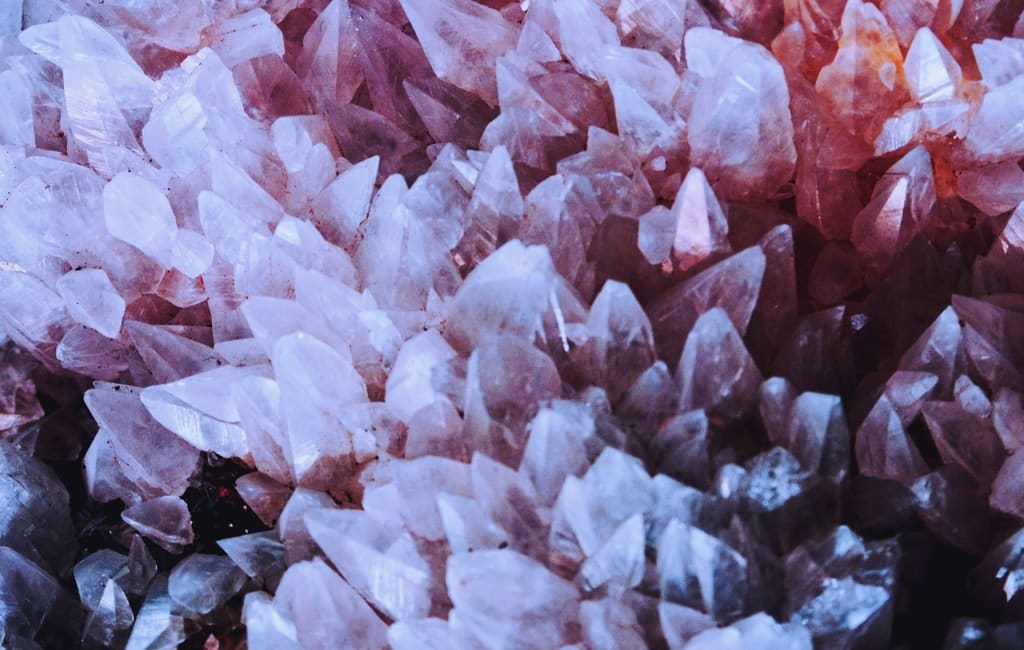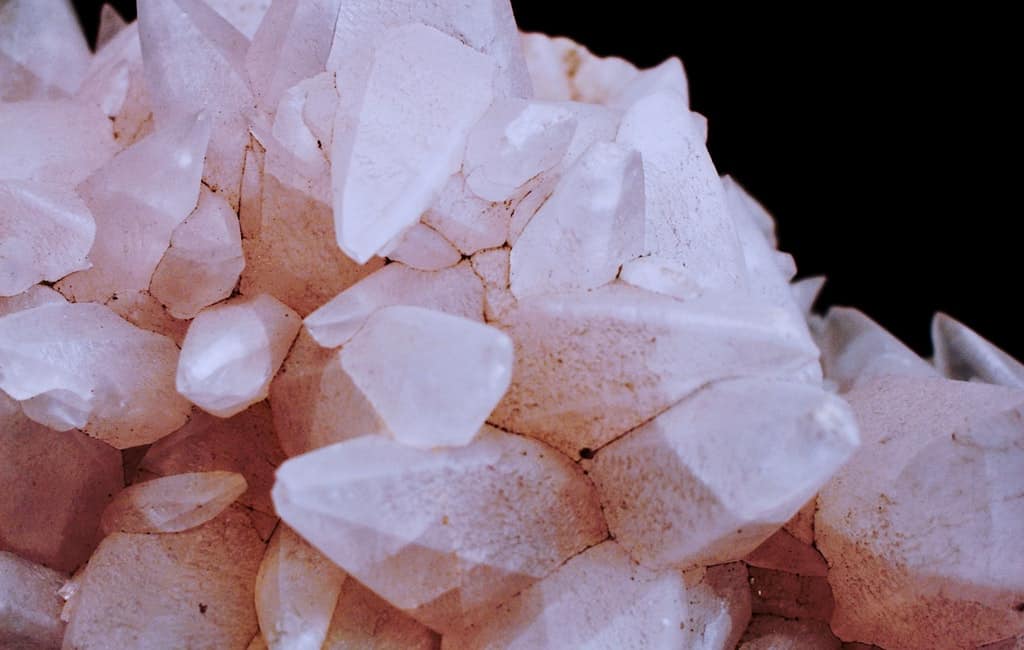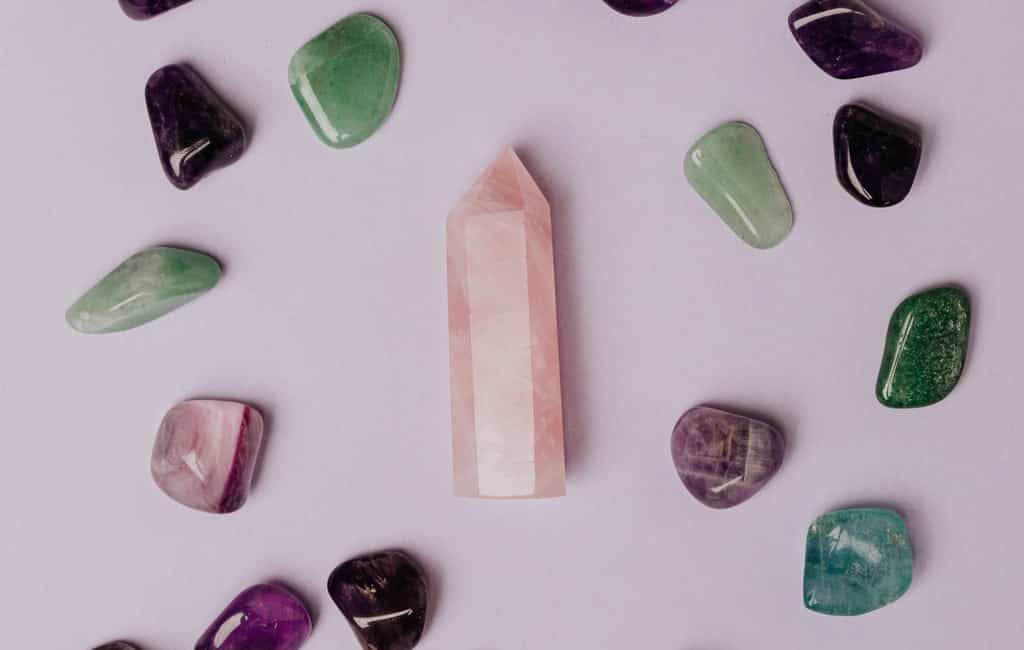It is intriguing to envisage that gemstones can symbolize death. Gemstones are precious or semi precious stones that are used for jewelry and adornment when cut and polished. They are regarded as fine gems because of its spectacular appearance and it is also characterized in terms of hardness, refractive index, cleavage, fracture, luster and so on. How then can a material termed beautiful and precious represent “death”, a phenomenon no one wants to be associated with? What history or story accounts for some gemstones to carry the emblem of death? These are the questions many people ask.

WHAT DO THE EXPERTS SAY?
Gemology is the science dealing with natural and artificial gemstone materials. It is a geo-science (sciences dealing with the earth) and a branch of mineralogy (sciences dealing with minerals). And gemologists are those who study gemology (one can call them the experts in gemology). This unique set of people often work hard to explain gemstones with respect to science; i.e. only as minerals, rocks or organic matters that are selected, collected and chosen for their beauty, rarity and durability, and then cut and polished to serve different purposes like human adornment and ornamental applications. However, historians are another group of experts who have fascinating stories to tell about black diamonds, opals and pearls (especially when it comes to areas such as misfortune and death).
BLACK DIAMONDS
Black diamonds are diamonds that are marked by their black color. They are of three types, which are: natural, treated and man – made.
The natural black diamond is known as carbonado, a raw form of polycrystalline diamond made up of diamond, graphite and amorphous carbon. Carbonado, a term coined by the Portuguese, is used in reference to this kind of diamond, because it has a burnt or carbonized appearance like that of a porous charcoal. Tiny mineral inclusions including graphite, pyrite or haematite have been dispersed throughout the stone, thus giving the material its distinctive black color.
This unique color, black, is often used to symbolize evil, fear, grief, death, sadness and anger in some aspect of pop culture. However, it is also been associated with formality, authority, mystery, strength and elegance. Therefore, a black diamond may be considered either a curse or a blessing, depending on the place where a person resides.
For instance, in ancient India, black diamonds were considered to be cursed because they resemble the color of a spider or snake’s eyes. There is even a parable about this belief which was adopted as part of the representation of Yama, the god of death. In this culture (of ancient India), the people believed that black diamonds were harbingers of death.
Yet, in Italian culture, black diamonds are symbols of good and not evil and a sign of reconciliation. It was their belief that if a married couple touched a black diamond it would bring them good fortune and all their troubles and marital issues would gradually vanish, having been absorbed by the stone.

OPAL
Opal is a soft, sedimentary stone that is comprised of tiny silica spheres. It is formed when silica-rich water seeps into deep cracks and voids in the earth’s crust. It commonly has a body color of white, yellow, gray, black or brown; however, the body color of opal can be of any color. Some of the most beautiful common opals are red, orange, pink, blue or green. It is recognized for its wonderful, rainbow-like “play of colors.”
Opals display spectral colors of red, orange, yellow, green, blue, and violet and most of history associate them with good luck or good fortune. They are even the birthstone for all those born in October.
The Romans thought opals to be a symbol of hope and purity and one of the luckiest gemstones. Queen Victoria was a lover of opals and she was known to wear it throughout her reign. Although this colorful gemstone has enjoyed a long association with good fortune, some legends and stories link this gemstone to bad luck, the “evil eye” and death.
For example, the Black Plague, the pestilence which led to the demise of more than a third of Europe’s population and more in other neighboring territories was associated with opal. This plague, which was also known as the Black Death happened in the 14th century, at a time opals were. When those who wore the gem died, their gemstones would lose their brilliance completely.
Similarly, in the late 19th century, when Alfonzo XII, king of Spain experienced a large number of deaths in his family, an opal ring which was presented to him and princess Mercedes as a wedding gift was greatly believed to be the cause of the deaths. Alfonzo’s wife (princess Mercedes), his grandmother, sister, sister-in-law all died shortly after they all received the ring from Alfonzo (each received the ring after the previous family member had died). He also went down the same path after wearing the ring himself, thereby cementing the superstition.
PEARLS
These are hard, lustrous spherical mass, produced within the shell of pearl oysters or other similar mollusks. They are of various colors: white, black, pink, blue, grey, et cetera.
A pearl is composed of calcium carbonate with a perfectly smooth and round shape, but may also appear in other shapes.
Pearls can symbolize loyalty, purity, integrity, fertility and wisdom. However, some people believe that pearls can also be tied to misfortune and tragedy.
For instance, in Ancient Greece, it was generally thought that pearls were the tears of gods while ancient Japan believed that they were the tears of mermaids and angels. Some American natives used pearls to decorate the dead to help guide their spirit to the next world.
THE BOTTOM LINE
At the end of the day, different gemstones mean different things to different people. Some people may regard certain gemstones as treasures while others a curse.
The disparity of beliefs explains the various qualities whether good or evil, attributed to a gemstone. Gemologists call or brand these stories as mere superstitions, since scientists do not accept these stories as true and have come up with different explanations as to the events of death that were connected to a gemstone (for example, scientists say that black plague or death was caused by the bacterium Yersinia pestis and not by opals).
Having viewed all propositions, it is interesting to note that a particular gemstone can wear the faces of good, evil and even death depending on who is looking (and based on their culture, group and country).

